“A dosa doesn’t ask if a man or woman is going to eat it. Food is gender-neutral. It’s the same with clothes. Fashion is also gender-neutral,” says Pranav Misra, who started Huemn, a ready-to-wear label along with Shyma Shetty in 2012. Spelt Huemn but pronounced as human, it is a wordplay to showcase all the hues in humans, and how people are different from each other.
The Delhi-based label started with an idea between two youngsters trying to make a difference, and inclusivity was their core belief. “We have been trained in design and it’s the only medium through which we could communicate our voice,” says Pranav, an advocate of genderless fashion.
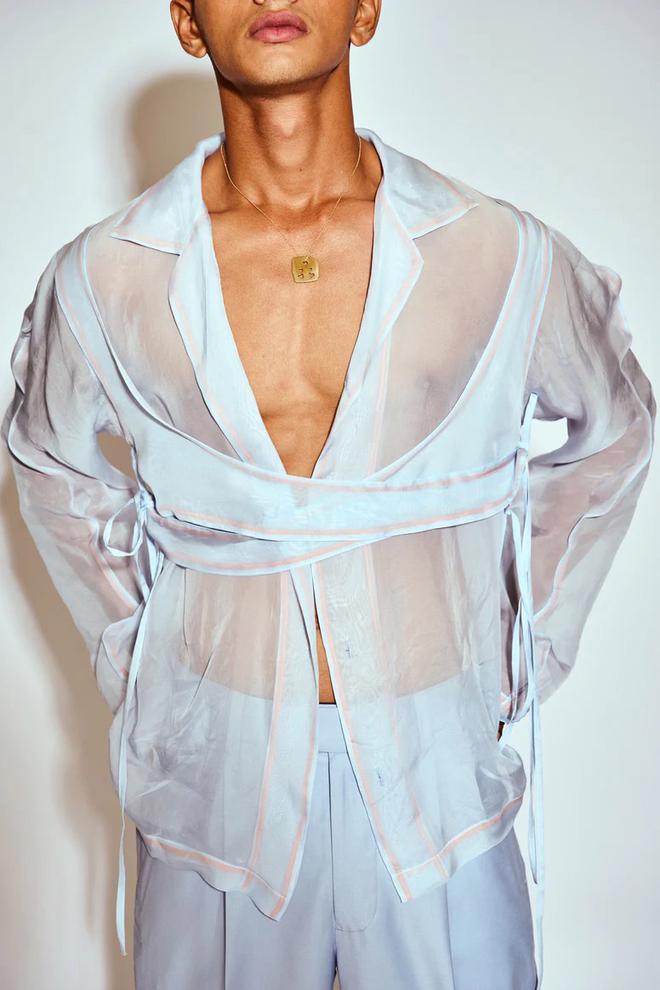
So what really is gender-neutral clothing? Quite simply put, these are garments that anyone can wear irrespective of their gender. Silhouettes apart, prints, colours, and materials are also becoming increasingly unisex. “If you make a basic shirt in silk or organza, it changes the feel of the garment. Actor Ayushmann Khurrana wore one of our pale blue, organza, see-through shirts, with a bustier belt fastening for a cover shoot. It’s such a feminine piece, but it’s up to the wearer and if they are comfortable,” says Surmai Jain, founder of the Mumbai-based label Polite Society. Her creations include co-ord pants and shorts sets, bomber jackets, printed shirts, bodysuits, corsets, with applique work and laser print on denim. The upcoming collection is inspired by corsetry and tailoring. “Men wear these corsets with shirts. Recently makeup artist, musician, and model Jason Arland styled a corset with a pair of boxers.”
‘Clothes don’t have a voice’
Always confused as to why certain clothes are classified as women’s wear and men’s wear, Anvita Sharma of design house Two Point Two says that for her, the categorisation does not exist. “I shop from the menswear section all the time. Why does gender identity get connected to masculinity and femininity? Why are people not allowed to dress or express themselves however they want to?“ she asks.
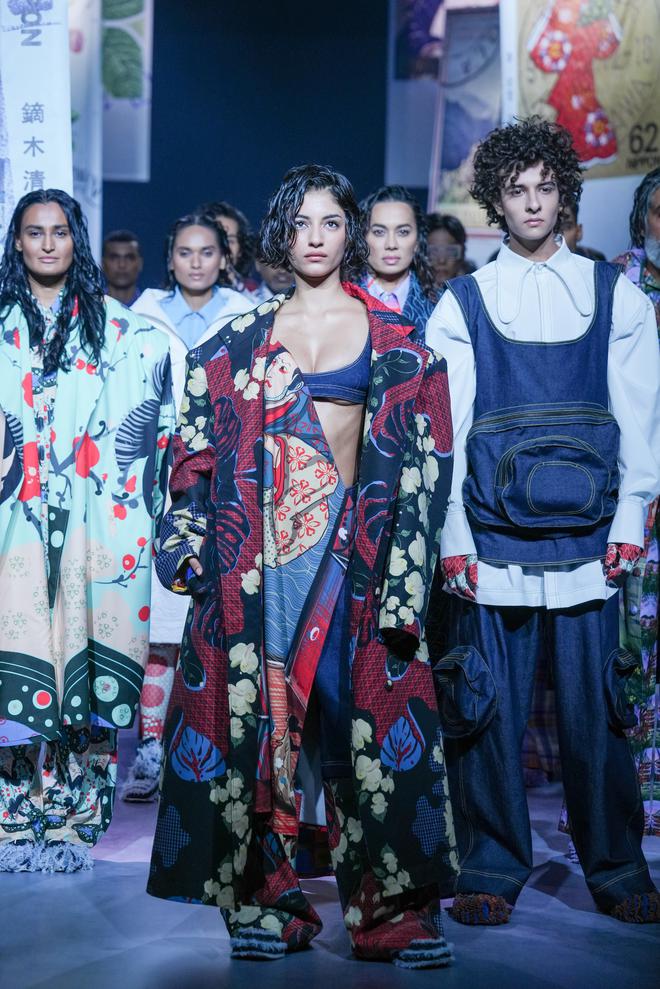
Clothes do not have their own voice. It is humans who choose what they want to purchase and style. “This imagery has convinced people that certain things are for men and certain others for women. It’s a man-made concept to differentiate,” believes Pranav.
Now, with the increasing wave of gender-neutral fashion, Pranav and a host of other designers with similar outlook are happy that clothes have found a democratic platform. “This is the next big thing. There are a lot of people concentrating specifically on it,” says Resham Karmchandani who started The Pot Plant with Sanya Suri in 2016. The duo did not believe in putting terms like ‘men’s wear’ or ‘women’s wear’ on their creations, and it took them a little time to make some of their clients understand that anybody can wear these clothes. Their shoots had the same clothes worn by different people of the gender spectrum to further drive home the point.
Clientele speak
Akin to other designers spearheading this movement, Resham’s clientele too comprises more women than men. The ratio is 70:30 and the age group is 28 and above. But with the increased conversation about this topic, she sees more people opening up to it. “Currently, so many brands have started making gender-neutral clothes. I think as a society we are growing and fashion like any other industry has to keep up with the society,” says Anvita.
She feels that a lot more people are understanding the concept of gender neutrality and hence are more open to buy clothes from a gender neutral brand as opposed to 2017 when she had to define the concept at every exhibition she did. “Of course, the reading down of Section 377 was a major achievement for the community and helped spread awareness among the masses which in turn also aided the rise of gender-neutral fashion,” she adds.
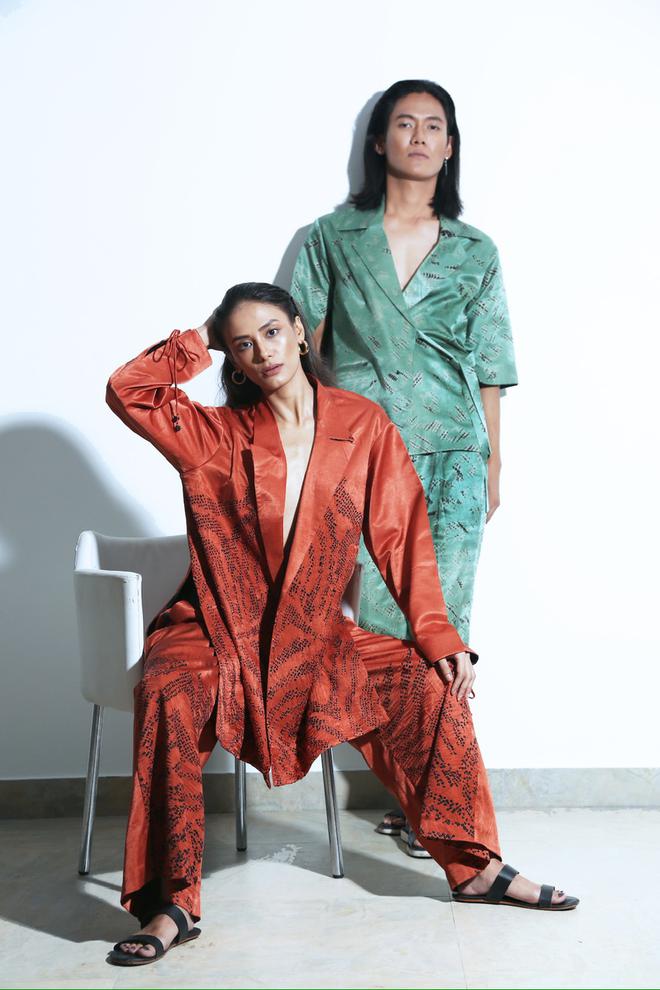
Not just designer and niche brands, gender-neutral fashion has now permeated mainstream and high street brands as well. For example, Reebok just launched a collection for the ongoing Pride month. It features vibrant fabrics and unisex styles spanning tops, shorts, shoes, a skirt, and a bodysuit.
But Anvita believes Pride is an all-year-round movement and not something that should be celebrated for just one month in a year. “It needs to be a constant celebration. As a brand, we celebrate and support the LGBTQIA+ community every season with every collection,” says the designer who never wanted her brand to be just about pretty clothes. She was determined to make the brand stand for something meaningful. “I was always against the discrimination faced by the LGBTQIA+ community in India. So I wanted to combine my passion of creating clothes with my beliefs and that is how my gender-neutral brand started,” says Anvita.
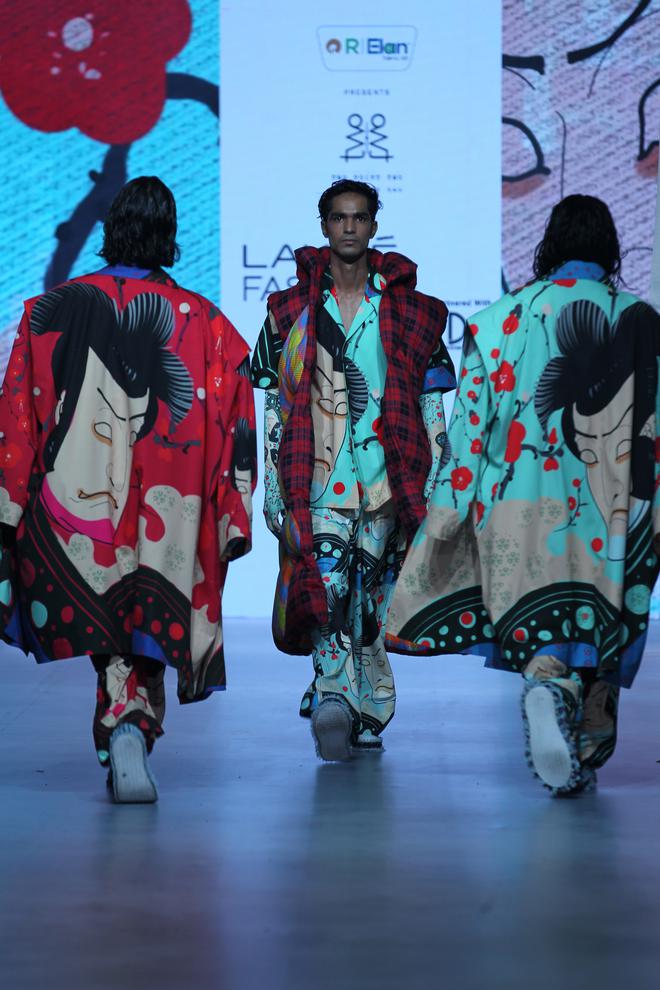
“When we label clothes as menswear or womenswear, we are excluding so many people,” says Surmai, adding that it is not just male and female, there is a whole spectrum, and boundaries are so blurred that it makes sense to have inclusive lines of clothing. Barring her first collection that launched in 2020, Surmai has since 2021 added genderless options to her website. “We did see a small drop in the number of straight men who wanted to see a menswear category” she says adding, “But we also see a lot of people experimenting and feeling a lot more free with what they want to wear.”
Celebrity trend alert
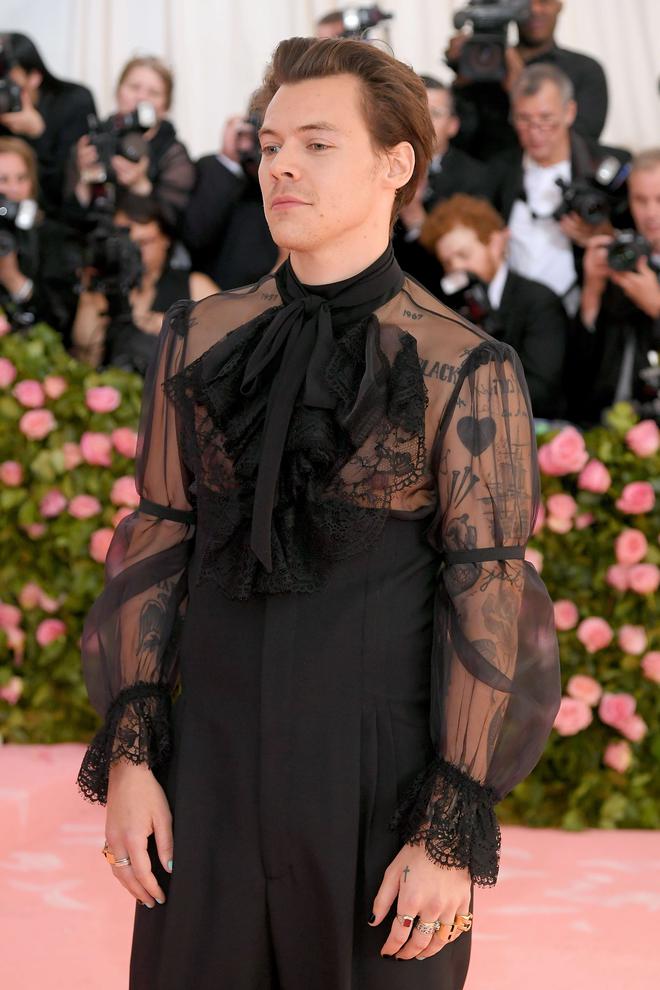
Celebrities like Harry Styles (among his most iconic looks being the periwinkle Gucci dress he wore on the cover of US Vogue and the strappy red jumpsuit in the ‘As It Was’ video), Lil Nas X (remember his hot pink pleated skirt and crop top and the lavender off-shoulder pantsuit with a skirt trailing from the waist), Ranveer Singh (with his pearl necklace and skirts), Kristen Stewart (with her pompadour straight leg work pants and suits) have over the years made a case for gender neutral clothing with their sartorial choices.

Traditional Indian clothing is gender-neutral, observes Resham. For example, the kediyu (full sleeve peplum top) that is worn in Gujarat and Rajasthan is something that is worn by all genders,” she says. Kurtas, angarkhas, dhoti pants, pyjamas are garments that have been worn by all. Saris are being experimented with men wearing them with blazers, sneakers, jackets. “We have regular clients, across the gender spectrum, who pick up saris and co-ords for themselves. Some men style the sari as a dhoti with a front pallu. A lot of people are pushing boundaries now,” says Resham, whose collection is brimming with blazer sets, jackets, kurtas in natural fabrics like cotton, silk and handloom fabrics.
With society evolving and progressing, and roles becoming democratic, it is bound to have a reflection on clothing, believes Pranav. He says, this is an in-your-face representation of what the society wants. “Skirts are no longer for women alone and trousers do not just belong to men.”







